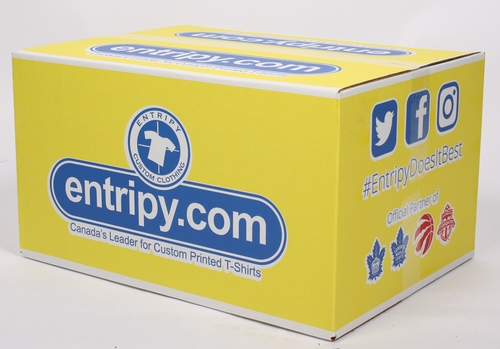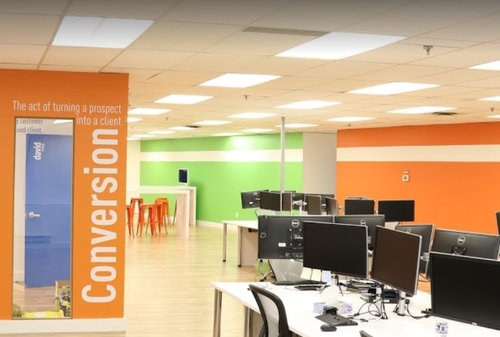
Does Colour Psychology Really Work for Marketing and Brand Loyalty?
What makes popular brands recognizable? Colour. Long after you’ve forgotten advertisements, taglines and product jingles, you can still remember the colours of a company’s logo and how they made you feel.
Consider this power when selecting the colours for your own brand, including custom printed t-shirts. Your chosen combinations of shades will appear on everything from your logo to the custom-made clothing your employees wear while representing the company, and you want your brand image to stick in the minds of your target audience.
The Psychology of Colour
Saying there’s a “psychology” to colour simply means certain shades spark specific feelings.
Colour psychology isn’t an exact science, however. Life experiences, personal preferences, cultural traditions and other factors influence how people react to colours, but it’s obvious colour can have a huge impact on your customers’ decisions to buy.
Around 85 percent of customers consider colour a primary factor in what they buy, and 90 percent of impulse purchases are based on the colour of a product. Website design also matters when using colour psychology in branding. Forty-two percent of consumers judge a website based on its colour scheme, so an off-putting choice of design is likely to chase away more people than it draws in.

Choosing Your Brand’s Signature “Look”
You want a combination of brand colours designed to spark the right emotions in your customers. Colours should convey your brand’s message the moment a customer sees your logo on your website, a product or a custom tee worn by one of your employees. A positive reaction to your unique brand image creates a strong association between your business and its vision and values.
Warm Colours
Warm colours bring out warm emotions. Red is associated with love, excitement, passion and energy.
Orange generates enthusiasm and prompts action. Yellow is an evocative color that can trigger the brain's excitement center. That's just one of the reasons why we chose yellow as our primary brand colour.
Our yellow branding also ensures that our packaging grabs people's attention from a distance and inspires them to move faster. Speed is one of our core values, so the colour fits perfectly with what we're trying to convey. What do you hope to convey with your own company message?

Balancing the cheerful, bold effects of warm colours with other shades can help bring across the right message instead of turning customers off with negative emotions.
Cool Colours
Green, blue and purple provide the perfect complement for warm colours. Blue is often associated with calmness or feelings of serenity, and it adds a sense of trust and dependability to your brand image. Green is almost universally recognized as being a symbol of nature, well-being and renewal. Creative and imaginative brands rely on purple to convey their messages, and customers also associate mystery and wisdom with this colour.
Neutral Colours
Another way to wrap your brand in a sense of mystery is to add black to your colour scheme. Instead of seeing this shade as morbid or threatening, customers associate black with the unknown and with power. White says your brand is pure, clean, natural and balanced, and brown adds a touch of strength.
Not all customers react to colours the same way, so plan to test different branding combinations until you find the right style to deliver the impact you desire. Think about the mindset of the people to whom you’re selling, and combine colours suggesting the characteristics of your brand you feel will appeal to them most and prompt them to make purchases now and in the future.
Applying Colour Psychology in the Workplace
Branding also affects how your employees feel when they come to work and how they perform on the job.
Strategic placement of brand colours around the office in places where employees gather influences creativity, productivity and company culture.
When brand colours are chosen to reflect what your company considers important, these values come through in the way you decorate workspaces. Cool colours encourage concentration and make employees feel calmer.
On the opposite end of the spectrum, warm colours suggest energy and an upbeat attitude.

Being around these colours every day reinforces a sense of connection to the company’s values and increases brand loyalty among your employees. When you make your own t-shirts to wear at events or on jobs in the field, staff members will be happy to take your shared vision outside the office to your target audience.
Customize your clothes with Entripy to help your business achieve maximum impact with its brand image in the workplace and any time you interact with customers.







